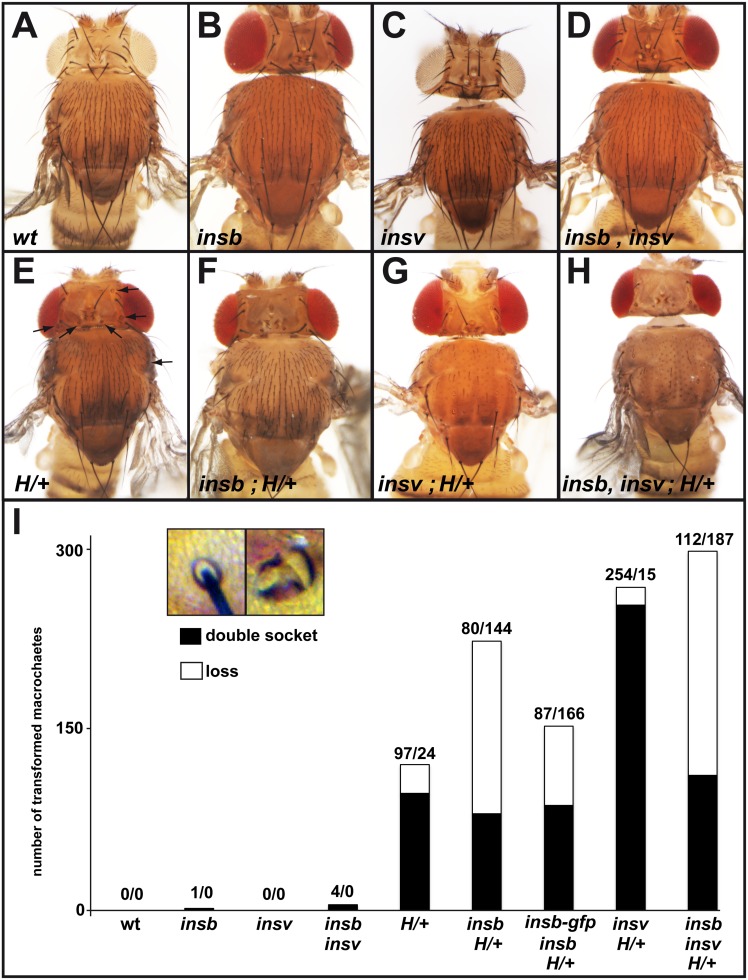Figure 5. insb genetically interacts with H.
(A–H) Micrographs showing the bristle pattern on the dorsal thorax of control (A), insbm/ ,Df(2R)BSC406 (B), insv23B (C), insbm insv23B (D), HE31/+ (E) (affected macrochaetes are indicated with an arrow), and insbm, HE31/H+ (F), insv23B, HE31/+ (G), insbm insv23B HE31/+ (H) flies (see Table 1 for detailed genotypes). (I) Histogram showing the number of lost (no shaft, no socket) and double-socket (no shaft) macrochaetes in the genotypes shown in A–H (for each genotype, 10 animals were scored for a total of 400 macrochaetes). A strong genetic interaction was observed between insb and H. The inset shows a control and a double-socket bristle from an HE31/+ fly.

